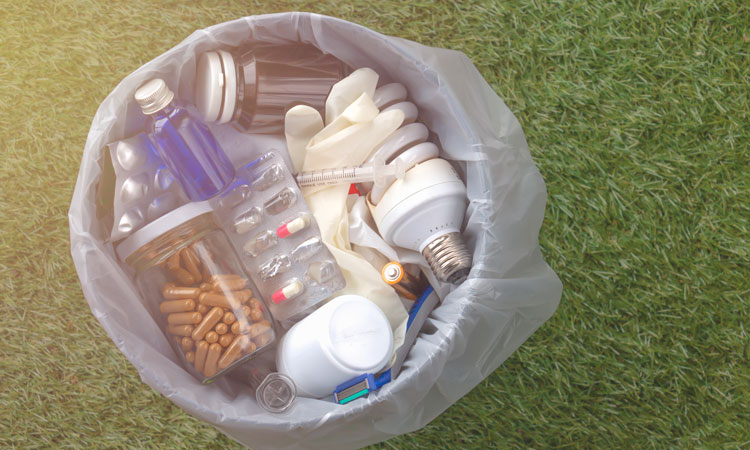Pharmaceutical residues risks need to be evaluated, says report
Posted: 14 November 2019 | Rachael Harper (European Pharmaceutical Review) | No comments yet
A new report has said the majority of the active ingredients used in pharmaceuticals have never been evaluated for environmental risks.


Too little is being done to prevent pharmaceutical residues seeping into soil, water supplies, freshwater ecosystems and the food chain, or to assess potential risks, a new report has said.
The report, by the Organisation for Economic Co-operation and Development (OECD), says the majority of the active ingredients used in human and veterinary pharmaceuticals have never been evaluated for environmental risks.
A study cited in the report further estimates that 10 percent of pharmaceuticals have the potential to cause environmental harm, with those of greatest concern including hormones, painkillers and antidepressants. Concern over rising antibiotic content in wastewater fuelling the spread of drug-resistant microbes have also been raised.
These residues can enter the environment during the manufacture, use and disposal of medicines, the report continues. When humans and animals ingest medicines, between 30 percent and 90 percent of the ingredients are excreted as active substances into the sewage system or the environment. Some medicines are thrown away unused, going into landfill, or from bathroom disposal into sewer systems.
Conventional wastewater treatment plants are not designed to remove pharmaceuticals, and water resources are not systematically monitored for residues, says the report. Veterinary pharmaceuticals used in farming and aquaculture can enter water bodies directly or via surface runoff without any treatment.
Even low concentrations of pharmaceuticals can affect freshwater ecosystems, the report warns. There is growing evidence of negative impacts, with tests showing traces of oral contraceptives causing the feminisation of fish and amphibians, and residues of psychiatric drugs altering fish behaviour.
The report says countries should:
- Increase monitoring and reporting of pharmaceutical residues in the environment
- Consider environmental risks in the authorisation of pharmaceuticals
- Provide incentives to design pharmaceuticals that do not accumulate in or harm the environment
- Reduce pharmaceuticals entering the environment
- Raise awareness among the public, doctors and vets to reduce excessive consumption
- Upgrade wastewater treatment plants with technology to remove pharmaceuticals.
Unless adequate measures are taken to manage the risks, the report says, the situation is set to worsen as the use of pharmaceuticals rises with ageing populations, advances in healthcare, rising meat and fish production and as emerging countries increasingly administer antibiotics to livestock.
Related topics
Antibiotics, Big Pharma, Drug Manufacturing, Drug Safety, Environmental Monitoring, Industry Insight, Manufacturing, Processing, QA/QC, Regulation & Legislation, Research & Development (R&D), Supply Chain, Sustainability
Related organisations
Organisation for Economic Co-operation and Development (OECD)









